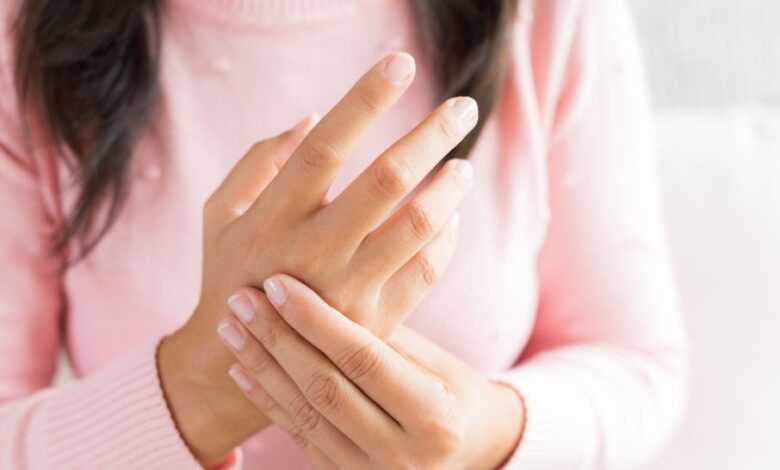Change in Weather and Joint Pain during Colds

With the onset of winter months, the exacerbation of certain diseases remains inevitable, and issues related to the musculoskeletal system are among the most common.
During cold weather, the most sensitive areas are the knees, hips, as well as the wrists, fingers, and shoulder girdle. Cold weather induces stiffness in the joints, and movements are further restricted, especially when there are degenerative changes present.
Stiffness and pain contribute to even more challenging movement, increasing the risk of injuries when the streets are icy.
Synovial fluid, a specialized fluid whose main function is to lubricate the joints, is produced by the synovial membrane, covering the inner surfaces of the joint.
Normally, synovial fluid is colorless and transparent, with high density and viscosity. Any change, even minimal, in its volume directly affects joint mobility.
A drop in temperatures leads to thickening of synovial fluid, resulting in joint stiffness. Additionally, the cohesion between joint elements decreases, causing friction that leads to discomfort and pain. Due to the cold, joint movements worsen, with the most pronounced effect seen in the fingers, knees, and ankles.
As temperatures drop and the body cools down, vasoconstriction (narrowing of blood vessels) occurs. This reduces blood flow to the skin and extremities to preserve optimal temperature in internal organs.
Muscles also react with stiffness, mild spasms, causing additional pressure and tension on the bones and joints, leading to pain. The cold acts through reflex muscle spasms, partially blocking blood flow to the tissues, which supply nutrients and oxygen and remove metabolites.
The primary cause of discomfort during weather changes is the alteration in atmospheric pressure. Changes in pressure often precede weather changes by 1-2 days, and this is why people with degenerative changes or old injuries can relatively accurately predict when a change in weather is expected.
Since constant and evenly distributed physical activity nourishes the joints by providing sufficient synovial fluid, recommendations suggest not stopping movement to preserve joint cartilage strength.
It is proven that even active movement three times a week for half an hour helps prevent bone and joint diseases. Another crucial aspect is adequate fluid intake.
The consequences of chronic dehydration include impaired substance exchange at the cellular level, accumulation of toxins in the body, leading to the emergence of inflammatory and degenerative diseases. The minimum for adults is 30 ml of water per kilogram of weight.
For those already suffering from joint diseases, recommendations include utmost protection from the cold—using thermal clothing in very low temperatures. It is also essential to choose clothes that are not too tight to avoid pressing and rubbing the joints.
Clothing recommendations also include wearing longer jackets covering the knees, as well as boots or ankle boots covering the ankles. Wearing gloves is mandatory, especially for frequent problems with hand joints and wrists.